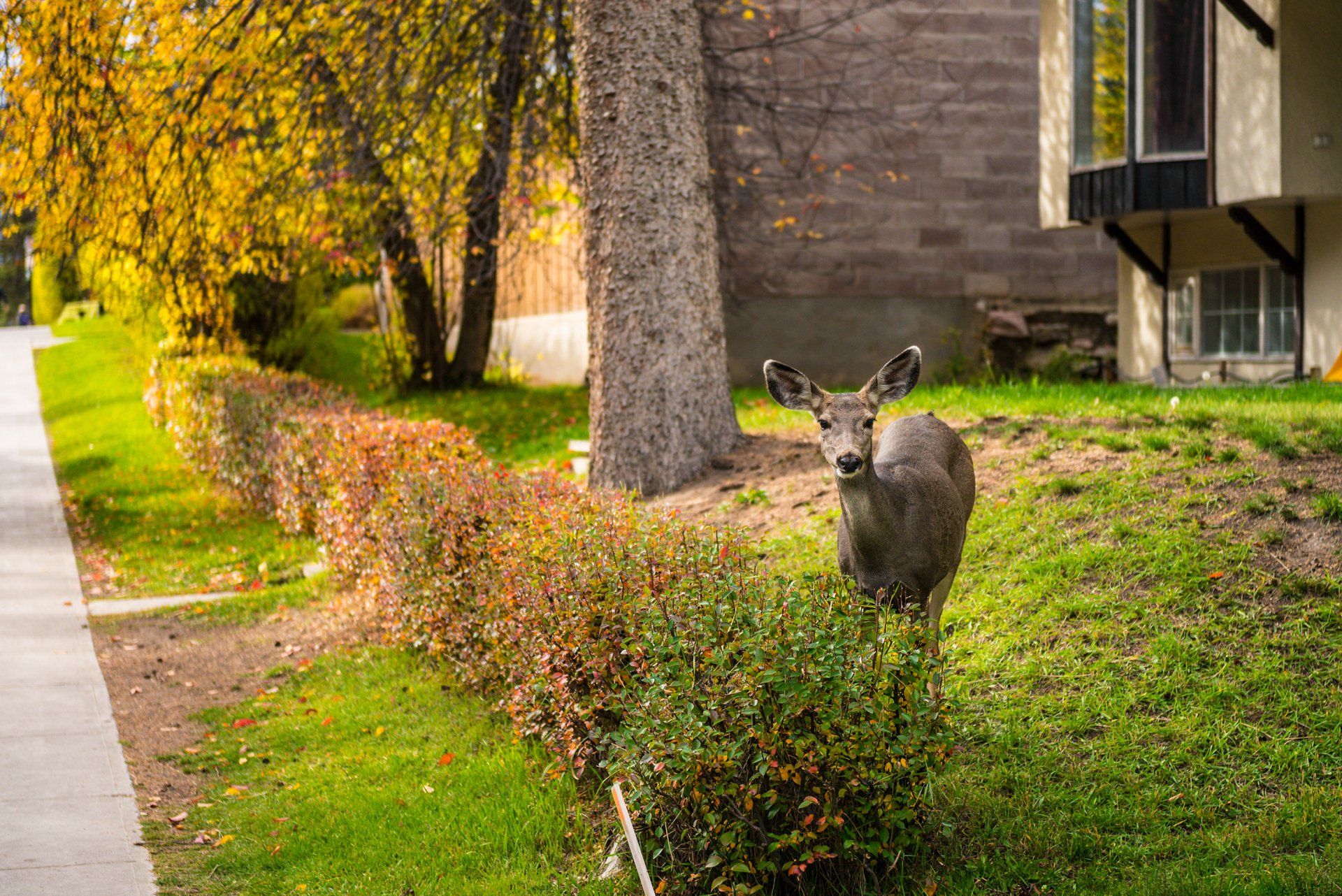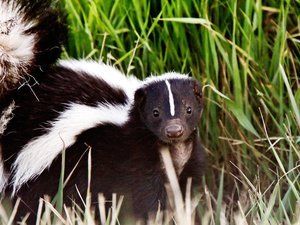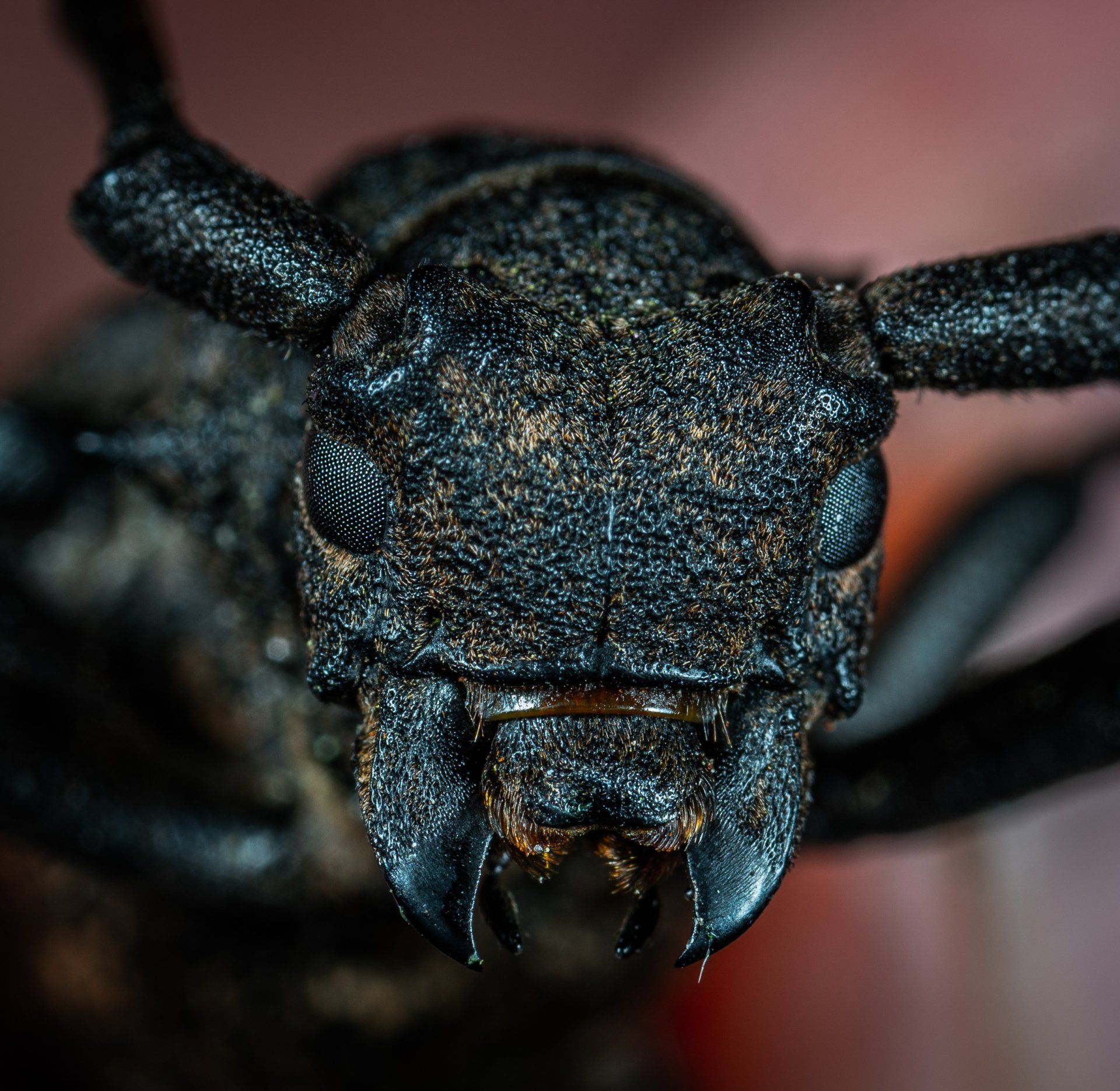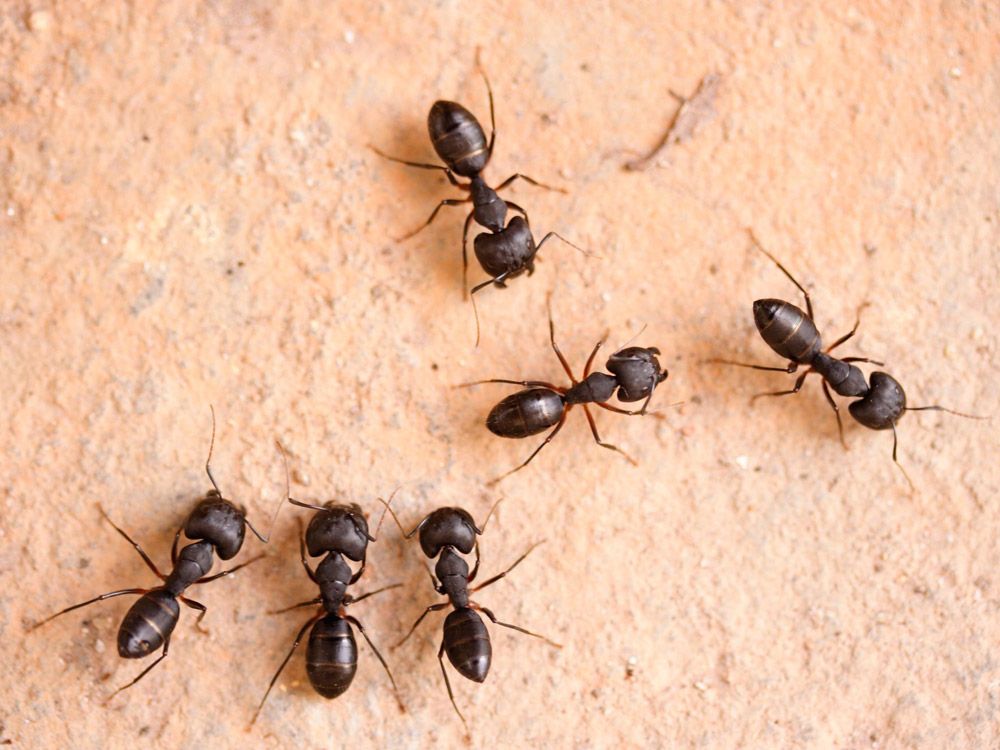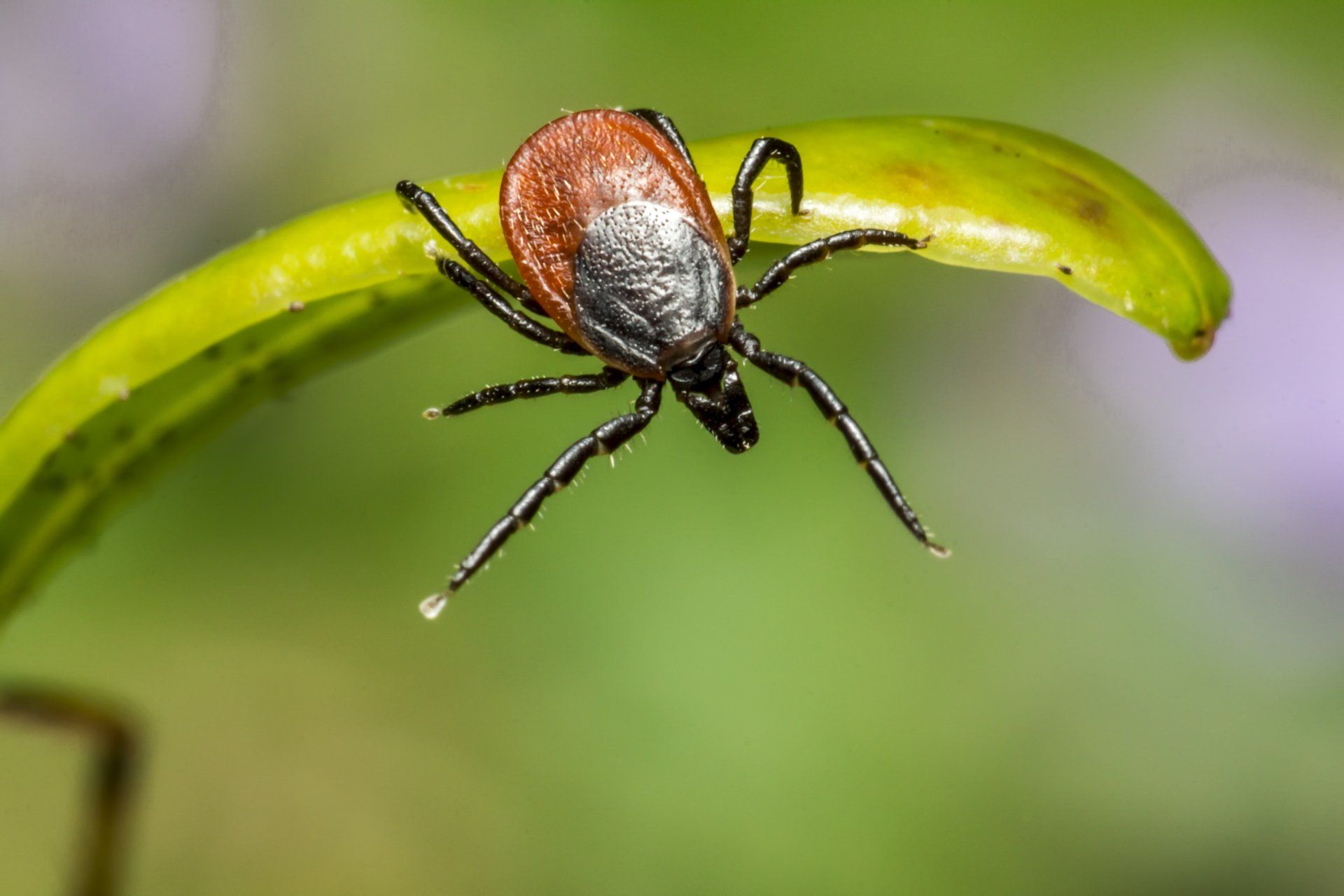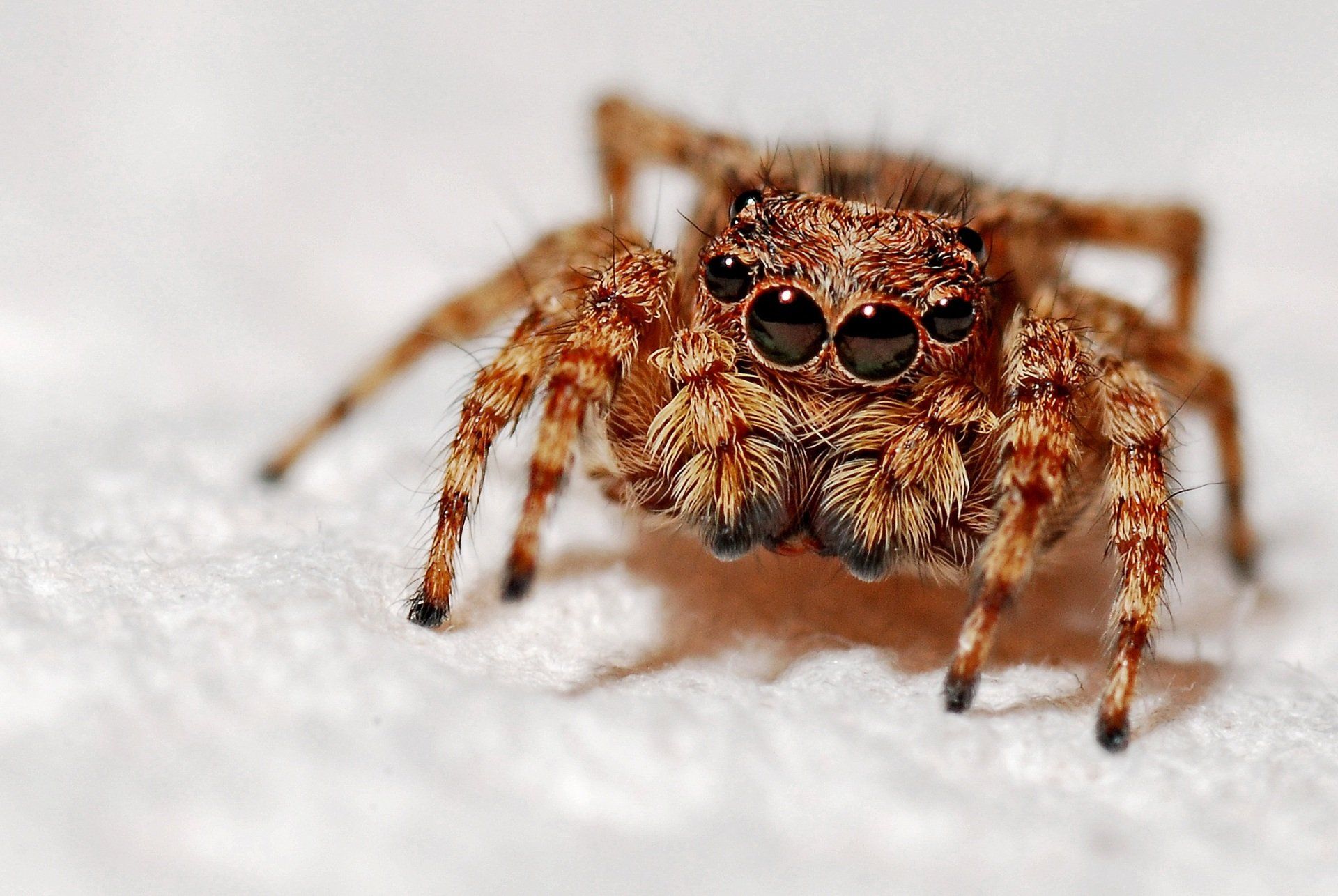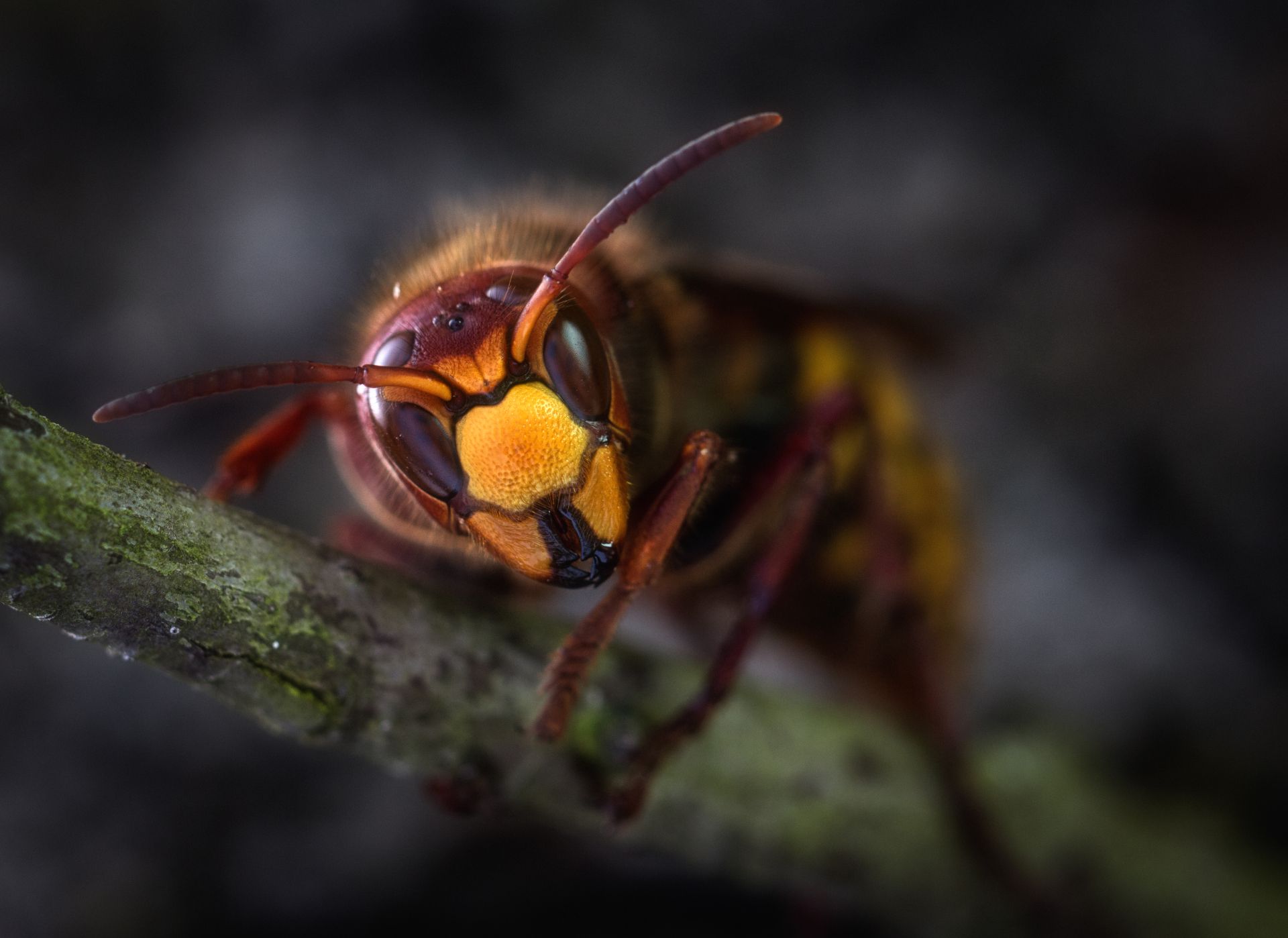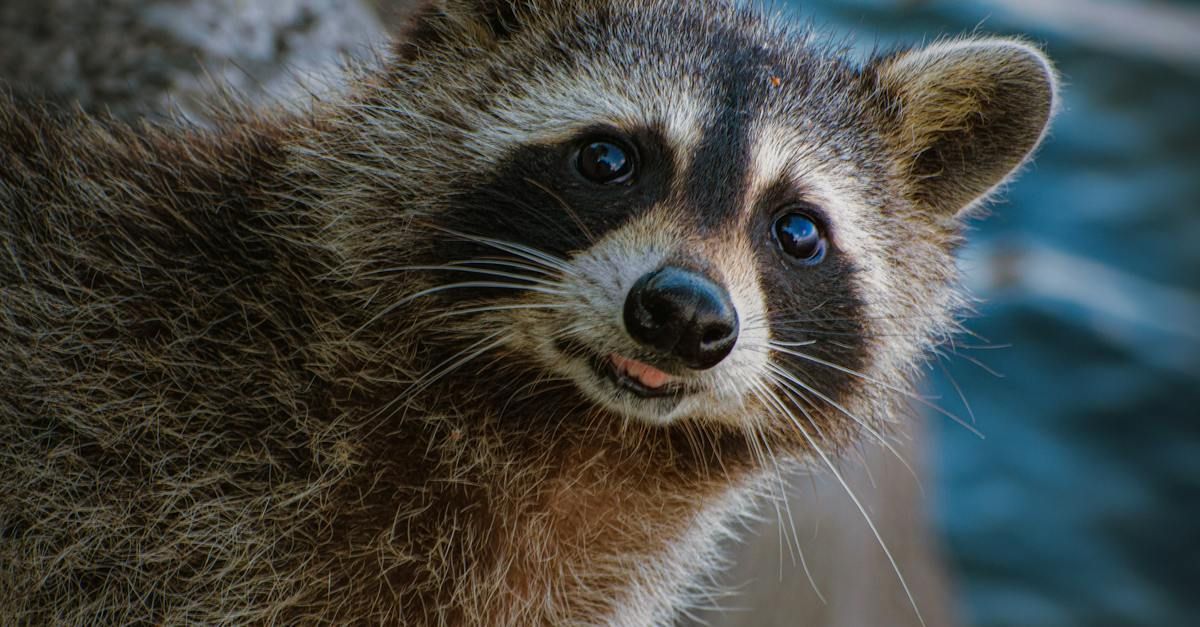Flying Squirrel vs Red Squirrel: Understanding the Difference
Learn the differences between flying squirrels vs red squirrels.
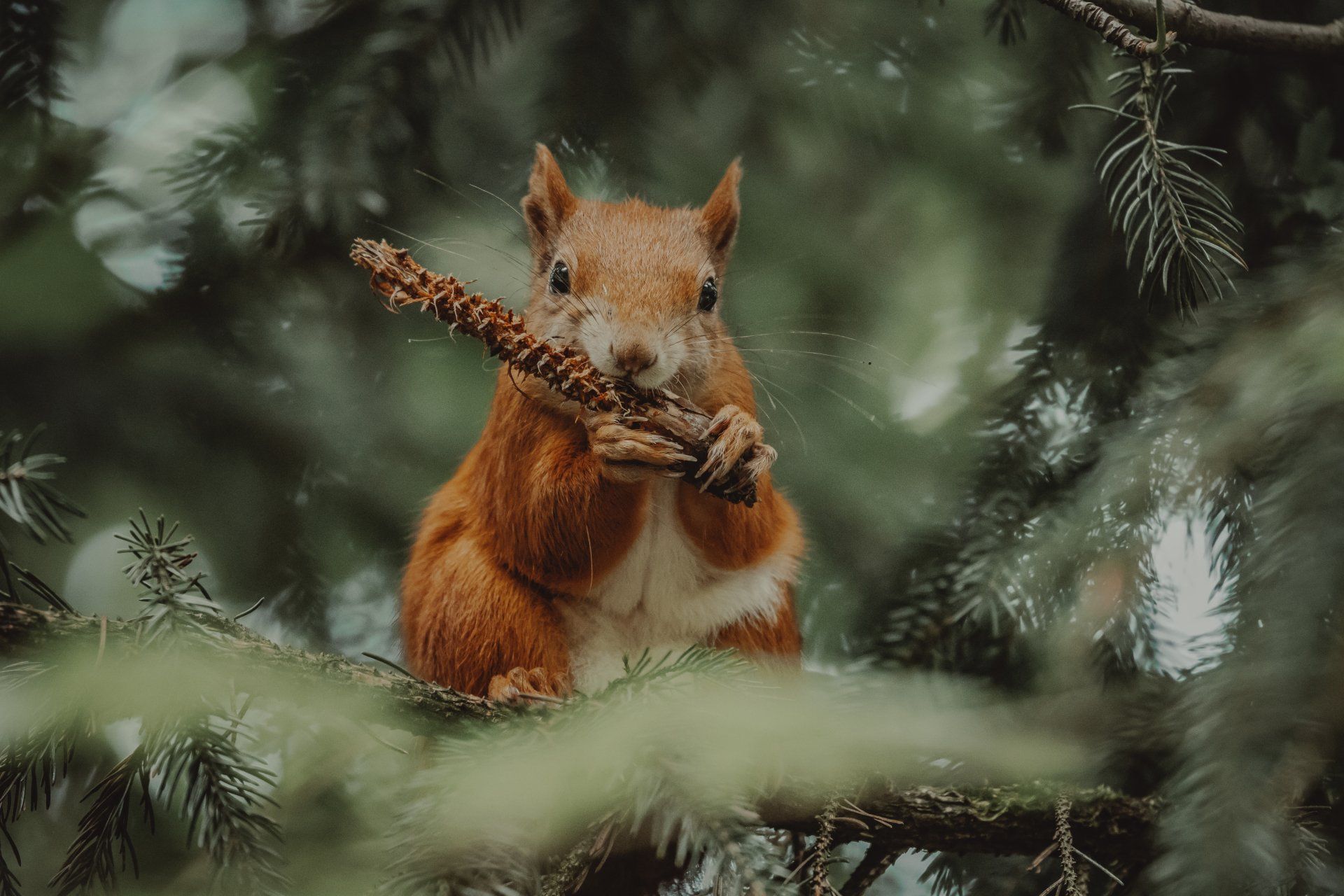
One of the most common squirrels in NJ is the American red squirrel. It might be difficult to tell a flying squirrel vs a red squirrel, despite their differences.
However, all squirrels have the possibility of carrying — and transmitting — diseases to pets and humans alike. One of these diseases is rabies. Possible infections require an immediate trip to a physician or hospital for an evaluation and a rabies vaccine, which is why you should know more about the wildlife in your area.
Aside from diseases, squirrels can cause significant damage to your home. As such, it’s a good idea to know the difference between a red squirrel and a flying squirrel, helping you work with
a professional pest removal company in Sparta, NJ.
Behaviors of Flying Squirrels
Flying squirrels are the most active at night. You might find these squirrels in family groups or flying (no pun intended) solo. However, during the winter, you’ll find these critters nesting within a community of 10 to 20 other squirrels. Nesting during cold winter months allows animals to snuggle together and stay warm.
You’ll find that these particular squirrels are active all year long and don’t mind living together in groups. These groups usually consist of adult and juvenile squirrels alike.
Flying squirrels aren’t known to be aggressive. You’ll commonly find them near people, as they look for food and shelter. As with the majority of critters, they can transmit diseases, especially if they feel threatened and bite.
One of these diseases is rabies and it requires immediate medical treatment in the form of a vaccine. This is why you want to avoid these critters whenever possible.
Red Squirrel Behaviors
While flying squirrels like living in groups, it’s more common for the American red squirrel to spend time alone. These critters enjoy their solitude, and, in many ways, their promiscuity. Their territory ranges from one to eight acres, but when it’s time to breed, males leave their territory in search of a mate.
You might be wondering if red squirrels are aggressive. Compared to gray squirrels, for example, they’re more aggressive.
Gray squirrels are known for being more submissive or even shy. But both red and gray squirrels are active. They also don’t slow down long enough to hibernate when it gets cold out.
How Do They Access Your Home?
Squirrel damage is a concern with both red and flying squirrels. They’re also masters of sneaking into your home, chewing through shingles to get inside. They’ll also chew through wood siding and even aluminum, just to gain entrance into your house.
One of the most common places you’ll find squirrels is inside your attic. They enjoy this area because it’s warm and dry. They’ll use this place to set up shop, build a nest, and hide away from the elements. You might even find them in your chimney, nesting.
Squirrels can damage a host of building materials, from siding to insulation and more. They can also chew wiring, creating a potential fire hazard.
Additionally,
squirrels eat gardens, chew furniture, and can transmit disease. Although it’s difficult to keep them out of your yard, you can take measures to keep them away naturally.
One preventative measure is sealing off potential entrances. If you’re unsure of what to look for, a
professional pest removal company in Sparta, NJ, can help.
You can also remove exterior food sources, such as bird feeders. If you have a garden, consider netting to protect your plants.
Flying Squirrel vs Red Squirrel: Know the Difference
Once you understand the difference between a flying squirrel vs a red squirrel, you can take preventative measures to keep them out of your home. You can also call in a professional to look for possible entry points.
Serene Property Services offers pest control solutions to Sussex County, NJ, and Warwick, NY. We also offer routine maintenance on a schedule that works for your specific pest-removal needs.
Contact us today for an estimate.
We will get back to you as soon as possible
Please try again later
About Us
Contact Info

